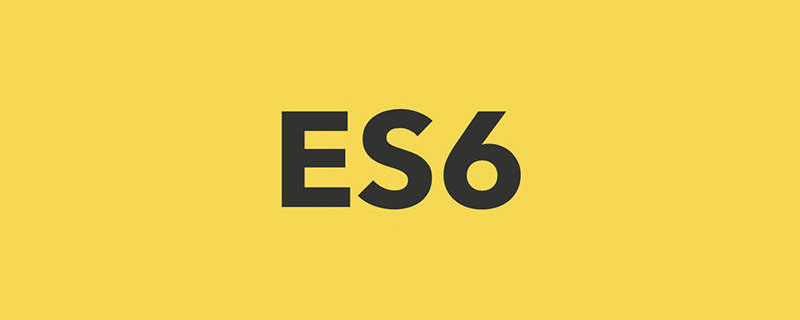

1. Two new methods
(1) startWith: determine a string Whether it starts with a certain field
let str='asdfgh';
console.log(str.startsWith('a'));//trueApplication:
let str='http://it.kaikeba.com';
if(str.startsWith('http://')){
console.log("普通网址")
}else if(str.startsWith('https://')){
console.log("加密网址")
}else if(str.startsWith('git://')){
console.log("git网址")
}else if(str.startsWith('svn://')){
console.log("svn网址")
}else{
console.log("其他网址")
}(2) endsWith: Determine whether a string Ending with a certain field
Similarly:
let str='asdfg.txt';if(str.endsWith('.txt')){
console.log("文本文件")
}else if(str.endsWith('.png')){
console.log("png图片")
}else if(str.endsWith('.jpg')){
console.log("jpg图片")
}else{
console.log("其他文件")
}2. String template, string connection
(1) Directly stuff things into the string
let str1='asdfgh';//第一种字符串方式let str2='asdfgh';//第二种字符串方式let str3=`asdfgh`;//第三种:反单引号/应用:
let a=12;
let str4=`a${a}bc`;
console.log(str4);//a12bc(2) You can wrap lines
let title='标题';
let content='内容';
let str1='<div>\
<h1>'+title+'</h1>\
<p>'+content+'</p>\
</div>';
let str2=`
<div>
<h1>${title}</h1>
<p>${content}</p>
</div>
`;Recommended learning: JavaScript video tutorial
The above is the detailed content of A brief discussion of strings in ES6 (code example). For more information, please follow other related articles on the PHP Chinese website!